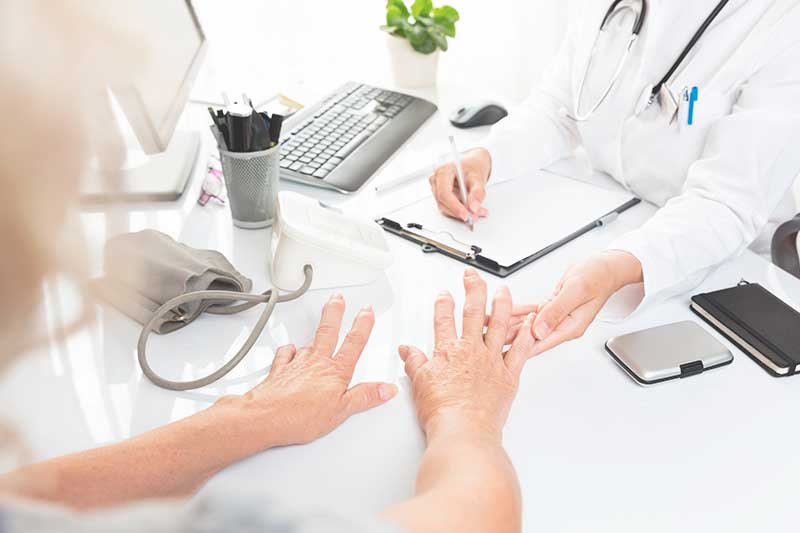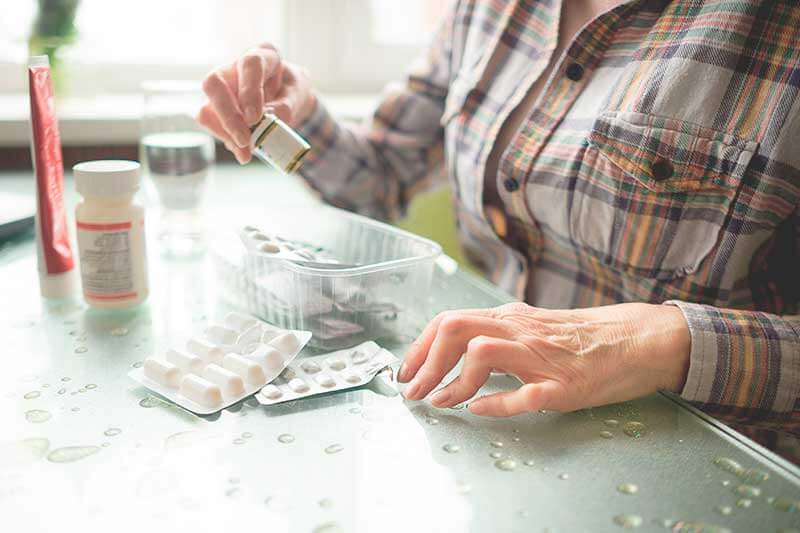
Arthritis and arthrosis, what are they and how they are different
Although these two issues often get confused, they refer to two different rheumatic illnesses. Take a look at the table below that shows their similarities and differences.



Diagnosis and treatment
The diagnosis for both diseases requires a physical examination, evaluating the state of the joints. Subsequently, a laboratory analysis will be requested (blood and liquid from the inflamed joint) and medical imaging (radiography, tomography, MRI or ultrasound).
For arthritis, treatment consists of taking anti inflammatories and resting the joints. The objective of the treatment, both for arthritis and arthrosis, is to alleviate symptoms and improve the behaviour of the joints. Generally, the best results have been achieved through a combination of various processes.
Only the attending physician can determine the appropriate treatment according to the illness:
Arthritis
- Nonsteroidal anti inflammatories reduce both pain and inflammation
- Resting the joint
- Antibiotics are used for infectious arthritis
- Corticosteroids are used for rheumatoid and psoriatic arthritis, or disease modifying antirheumatic drugs
- When all of the above is still not enough, surgery is recommended to alleviate the pain associated with joint damage.
Arthrosis
Arthrosis is a disease without a cure, therefore treatment focuses on reducing pain, improving mobility and joint function.
- Obesity control (balanced diet)
- Suitable, low impact exercise according to age and the affected joint
- Analgesics to alleviate pain
- Anti inflammatories to reduce inflammation
Alternative treatments
To complement conventional treatments, there are alternative treatments available that focus on alleviating symptoms such as pain and inflammation. Before implementing any of these treatments, it is recommended to consult the attending physician.

Acupuncture
Thin needles are applied to specific points of the body with the aim of reducing many types of pain, including pain caused by some types of arthritis or arthrosis.
Glucosamine
Glucosamine is a natural compound found in cartilage, the resistant tissue that cushions the joints. Taking it as a supplement can help ease the pain caused by inflammation, damage or loss of cartilage in the joints.

Yoga or tai chi
Slow movement and stretches associated with yoga and tai chi can help improve joint flexibility and range of motion in people with some types of arthritis.
Massages
Gentle massages can help increase blood flow in muscles and warm up the affected joints, temporarily relieving pain. Only get a massage from someone who is suitable trained in handling joints affected by arthritis or arthrosis.
Cannabis
Cannabidiol (CBD), the main component of cannabis sativa, has the ability to activate the cannabinoid receptors found in the body. For this reason, there is an array of effective products that can help with managing chronic pain and inflammation that results from arthritis and arthrosis.
*Always check to see if it is legal in your jurisdiction before obtaining any cannabis-based product.
If you are interested in learning more about arthritis, arthrosis and alternative treatments using cannabis derivatives, both complementary and traditional, subscribe to our newsletter
